Frequently Purchased Together

- Our most popular kit for the Science Fair
- Includes easy-to-make nutrient agar
- Step-by-step scientific method Activity Guide
You Can Smell a Good Science Fair Project a Block Away
Learn About Germs With a Bacteria Growing Kit
Creating an all-inclusive science experiment kit can be difficult. The project has to be simple enough for young scientists to be able to fully grasp it, yet the experiment needs to have the potential to be taken to the next level. As a parent or teacher, you want learning to be creative, interesting and, of course, age-appropriate. We’ve taken all of these factors into consideration with the development of our Bacteria Growing Kit. It’s no wonder this bacteria kit is hugely popular with science-savvy parents everywhere. Especially in today’s world, your kids have probably heard that bacteria can cause them to get sick when they’re exposed to it. Now, they can actually see bacteria develop for themselves in a fun and safe way using the power of science.
It All Begins With the Easy-to-Make Nutrient Agar
The Bacteria Growing Kit uses the same nutrient agar that is used by microbiologists to grow really funky stuff in the lab. By definition, agar is a seaweed derivative. However, our nutrient agar also contains soy nutrients to help facilitate bacteria growth. Everything else you need to prepare and store your own bacteria is in our ready-to-go Bacteria Growing Kit, including cotton swabs, Petri dishes and even a microwave-safe plastic beaker. All that’s left to do is design your bacteria kit science experiment to your liking. Don’t worry, we’ll help give you some ideas for that, too.
Bacteria Science: What Does a Petri Dish Kit Teach?
Our Bacteria Growing Kit science experiment allows young students to observe bacteria as it grows in a petri dish. This petri dish kit also offers a way for older students to explore the subject of bacteria growth overall, including what it looks like, its growth duration and how it develops over time. With out bacteria science kit, young scientists will develop an understanding of the scientific method while learning some awesome (and disgusting) science. We’ve included an activity guide in this bacteria kit, as well as some gross science facts to amuse everyone with. Your child is guaranteed to get a kick out of the next science fair with our Bacteria Growing Kit from Steve Spangler Science.
Grow Your Way Towards Science Fair Success
If you want to do a science fair project about germs, you have to add a variable, something that changes in the experiment. We have ideas below that can help you turn your bacteria science kit into a science fair success!
Great for at Home or the Classroom
Our Bacteria Growing Kit is a fun experiment that children can create in a classroom setting or at home with adult supervision. Parents will love learning about how germs grow and spread with this exciting petri dish kit.
Bacteria Science: Seeing is Believing
With our bacteria science kit, children have the opportunity to see bacteria take shape and grow before their very eyes. They can create and witness how germs develop and grow from the safety of science equipment.
What’s Included?
- Bacteria Growing Kit
- 6 large, 10 cm (3.5″) diameter Petri Dishes
- 6 cotton swabs
- 5 g (0.17 oz) of Nutrient Agar
- 600 mL Plastic Beaker
- Activity Guide
Bacteria Growing Kit Frequently Asked Questions
Is the Bacteria Growing Kit dangerous?
You are growing bacteria, and bacteria is not something that you really want around. Always keep your lids and safety seals on your petri dishes. You don’t want the spores to get everywhere and grow places where you don’t want them. Also, throw the safety-sealed petri dishes away in a zipper-lock bag. You don’t want to keep it because you are creating an environment for bacteria to grow, and you don’t want growth to get out of hand.
How long does it take to grow?
Our little scientists were seeing results in about 24 hours with great growth after a week. Your results will be dependent on the environment in your petri dish kit.
Is there a test for the type of bacteria?
No. The lesson here is to not really be able to identify which type of bacteria you are growing but instead to record the growth.
Is your agar made from seaweed?
Yes and no. By definition agar is a seaweed derivative. However, our nutrient agar also contains soy nutrients to help facilitate bacteria growth.
Steve Spangler Science: Twenty-Five Years of Science Fun
For nearly three decades, Steve Spangler Science has been getting kids excited about science. We have one goal: to inspire the next generation of STEMologists. Each of our all-in-one STEM science kits have that Steve Spangler Science WOW factor that kids will remember.
Science Fair Connections
Just growing bacteria in a Petri dish is not a science fair experiment. Yes, it is gross, cool and fascinating, but it doesn’t meet the requirements of a science fair project. If you want to do a science fair project about germs, you have to add a variable, or something that changes in the experiment.
With the Bacteria Growing Kit, adding an anti-bacterial hand sanitizer is a variable. Make one dish of germs and one dish of germs with a drop of the anti-bacterial sanitizer or, better yet, make three dishes–one as the control (just germs), one with an anti-bacterial sanitizer, and a third dish with another brand of anti-bacterial sanitizer. Then you can see which anti-bacterial sanitizer is more effective in killing germs. Just make sure that all three Petri dishes have germs from the same place in your home or classroom so that you know they are all exposed to the same bacteria. They also need to be grown in the same warm, dark place for the same amount of time so that the conditions are standardized as much as possible.
Growing bacteria is such a popular activity that we’ve written it up as a sample science fair project. The sample project describes the swabbing technique to collect the germs and gives you lots of helpful hints about growing bacteria. It makes suggestions about variables and gives you some ideas to make the project your own. What it doesn’t give you is the data. What fun would that be? Don’t you want to do the experiment for yourself and see what discoveries you make?
Other ways to make the Bacteria Growing Kit into a science fair project:
Examples of Independent Variables: (choose only ONE independent variable to test)
Door Knobs
Start up question – Which door knob has the most bacteria?
Variations to the independent variable: bathroom door knob, your bedroom door knob, your front door knob
Mouths
Start up question – Which mouth is the cleanest?
Variations to the independent variable: your mouth, your mom’s mouth, your teacher’s mouth, your dog’s mouth
Dental Care
Start up question – How clean does my mouth really get?
Variations to the independent variable: no brushing, brushing, brushing and mouth wash OR test different toothpastes – before brushing/after brushing with Colgate, before brushing/brushing with Crest, before brushing/brushing with Arm & Hammer, etc.
SICK Science® is a registered trademark of Steve Spangler, Inc. All Rights Reserved.
Safety Information




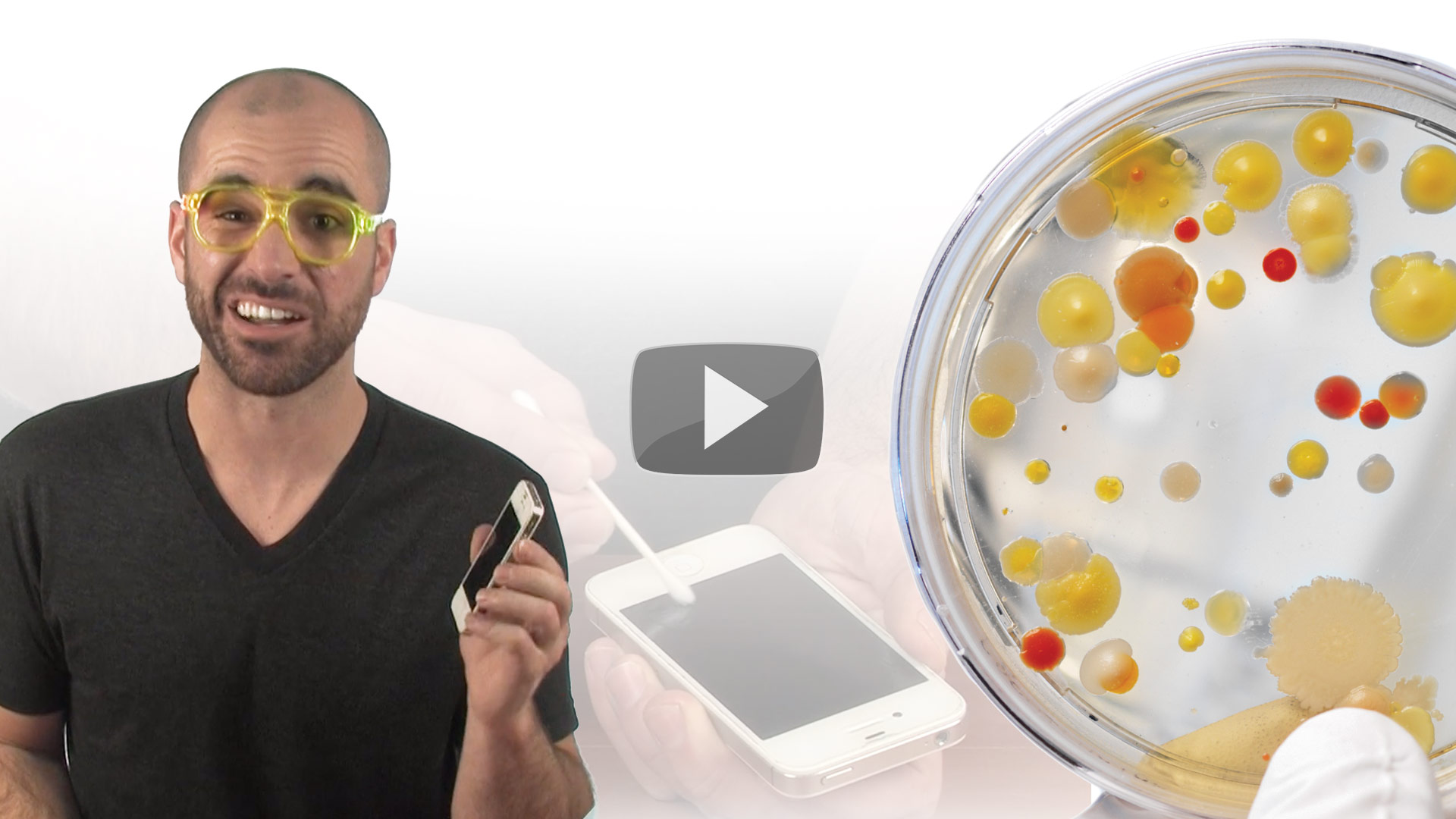

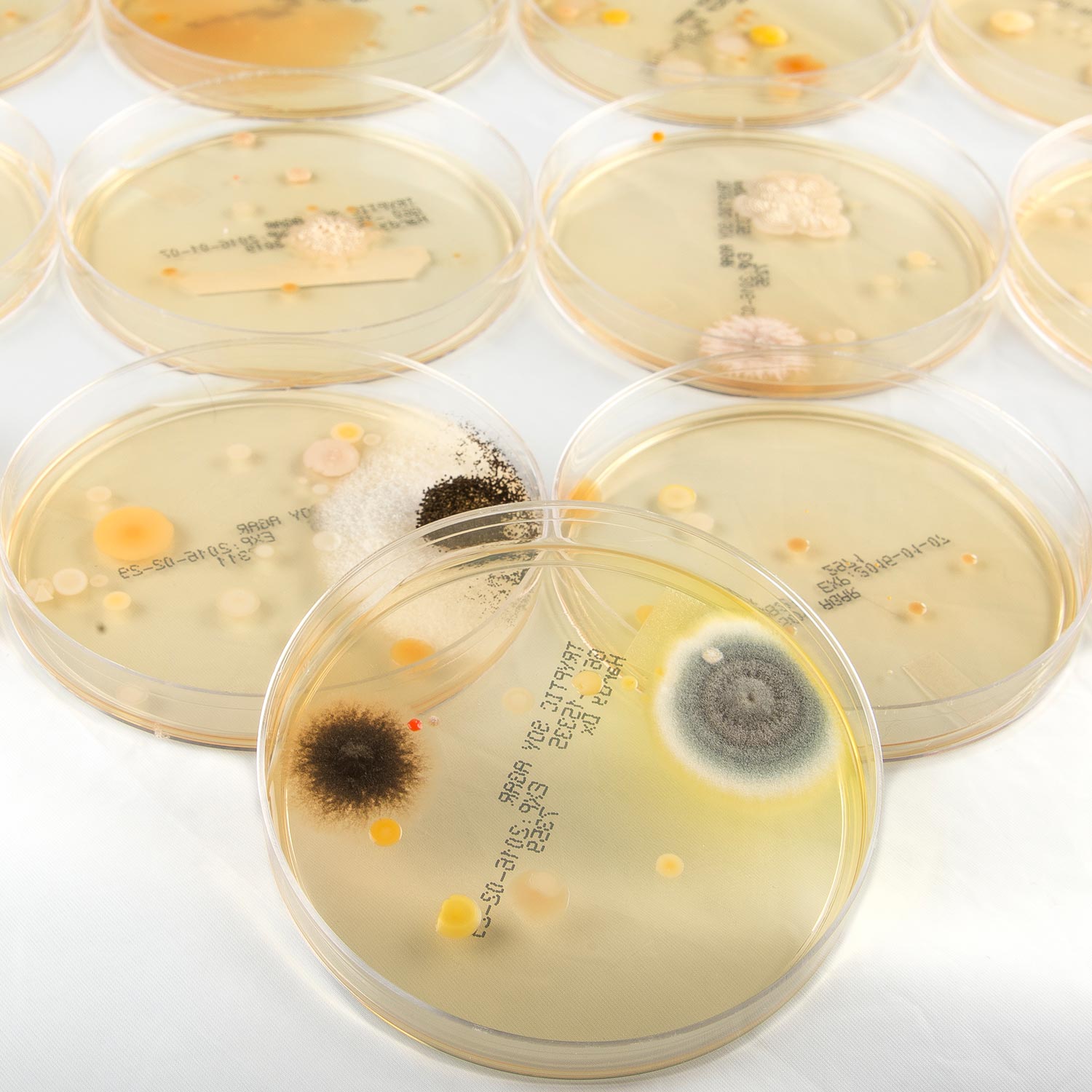
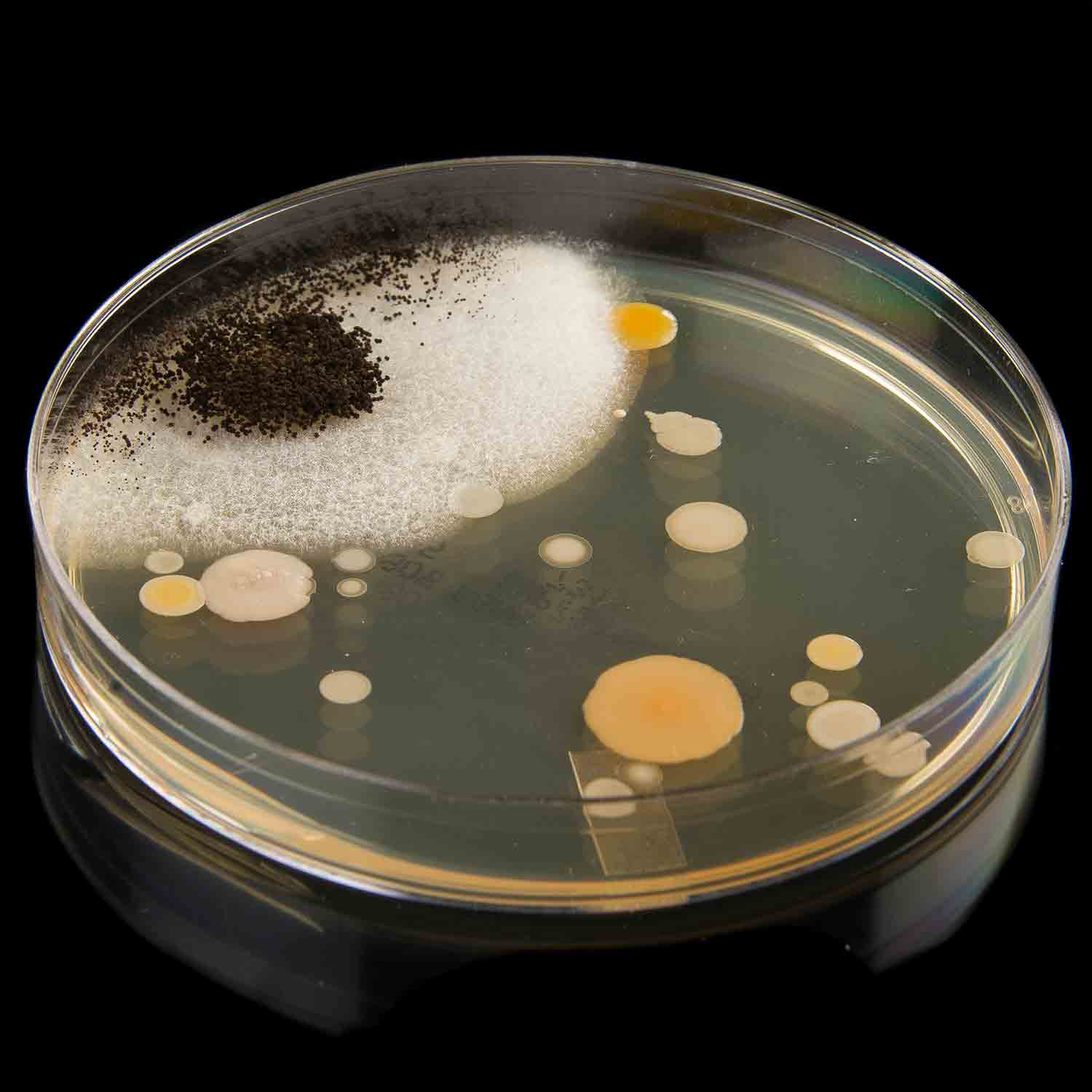
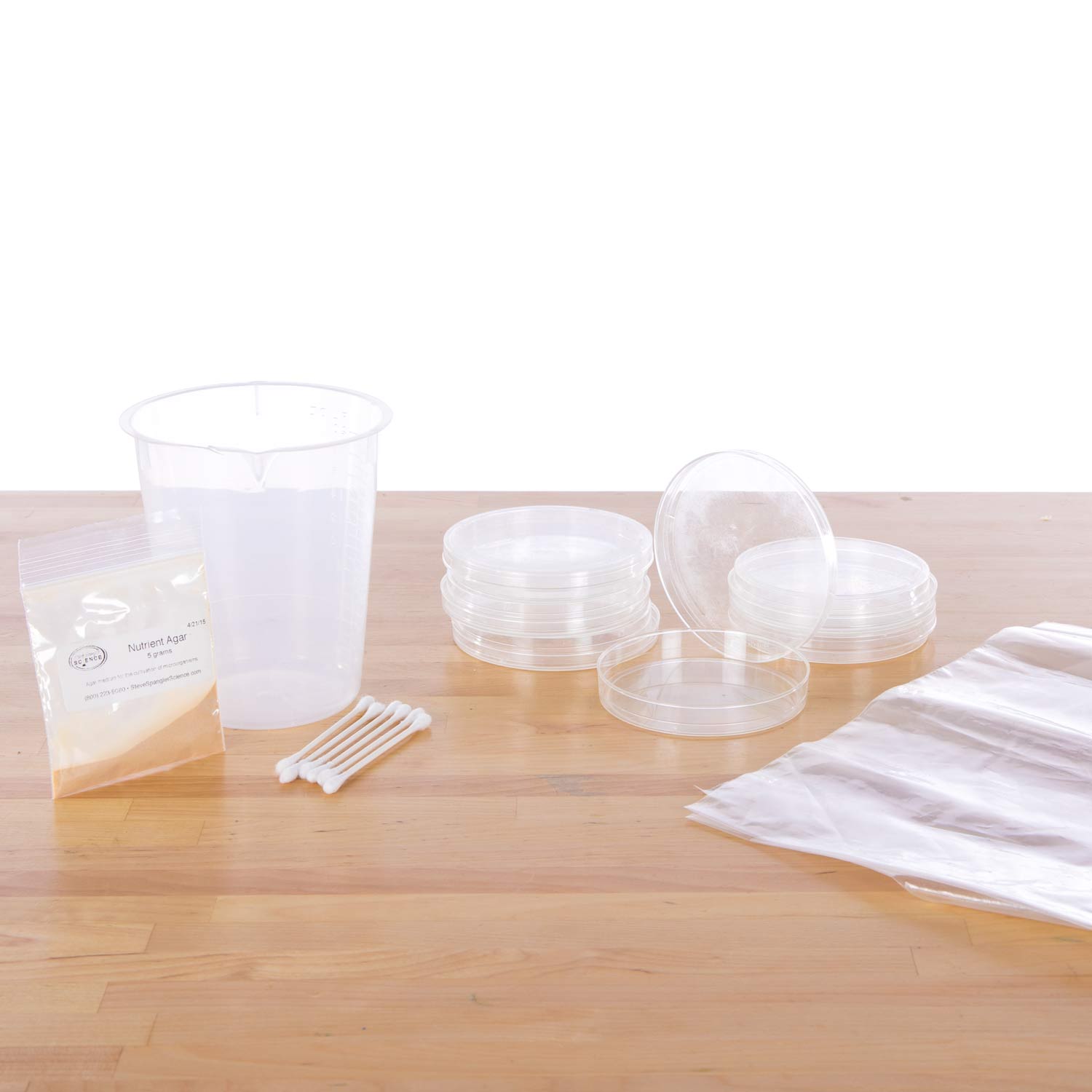
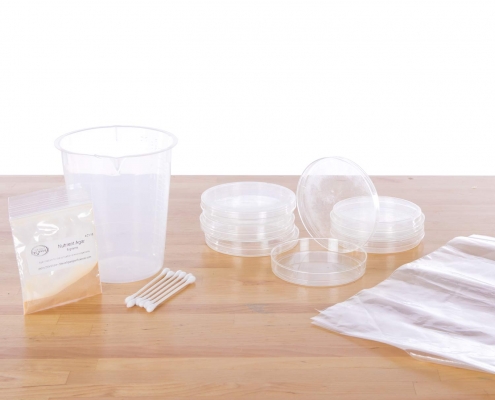
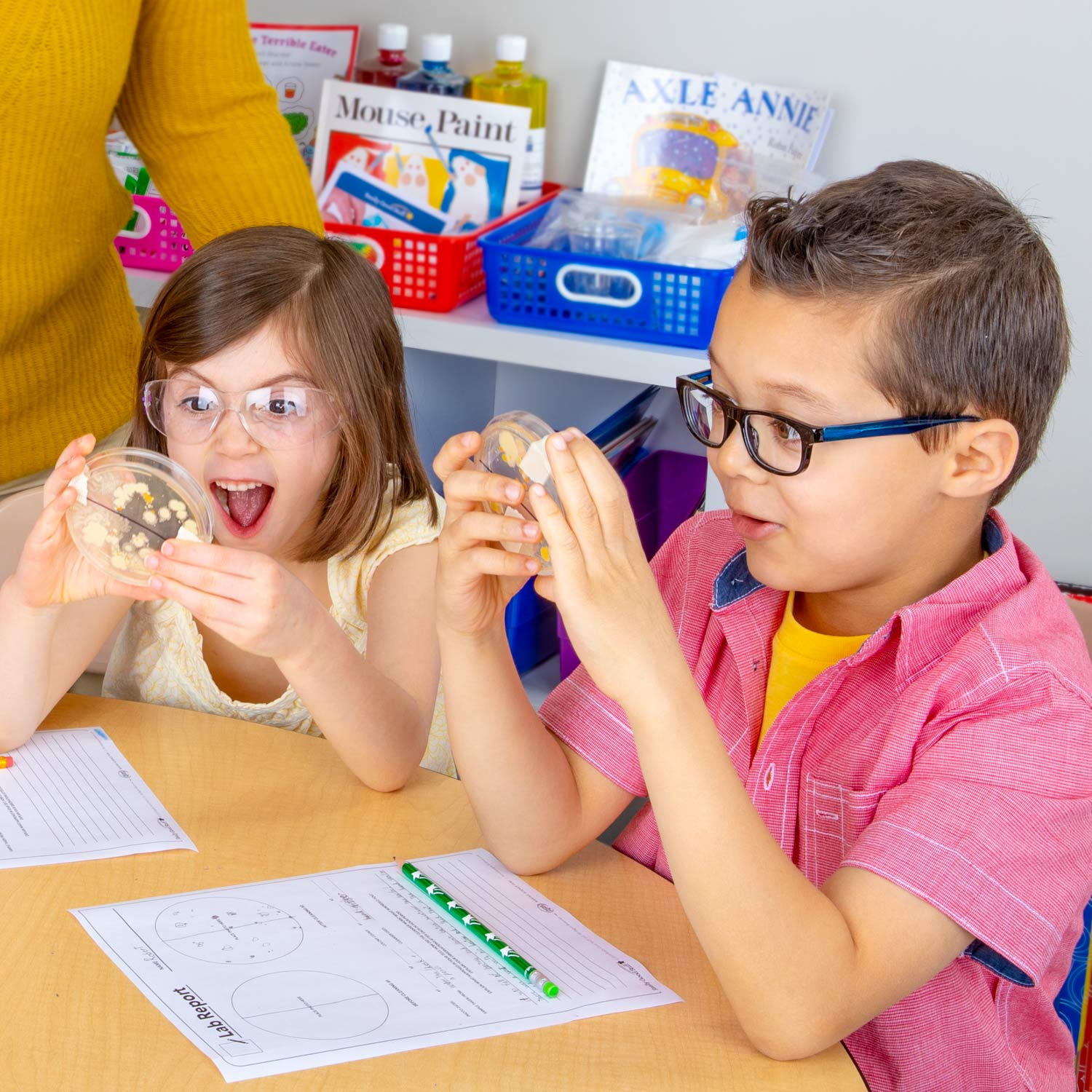
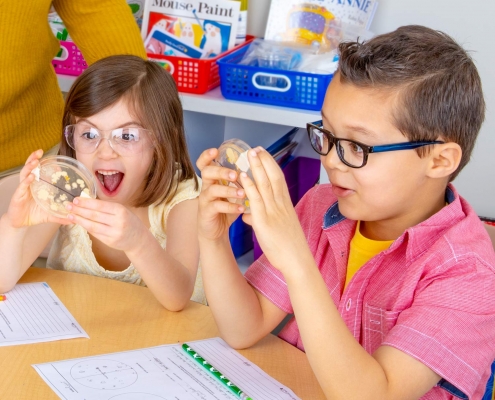
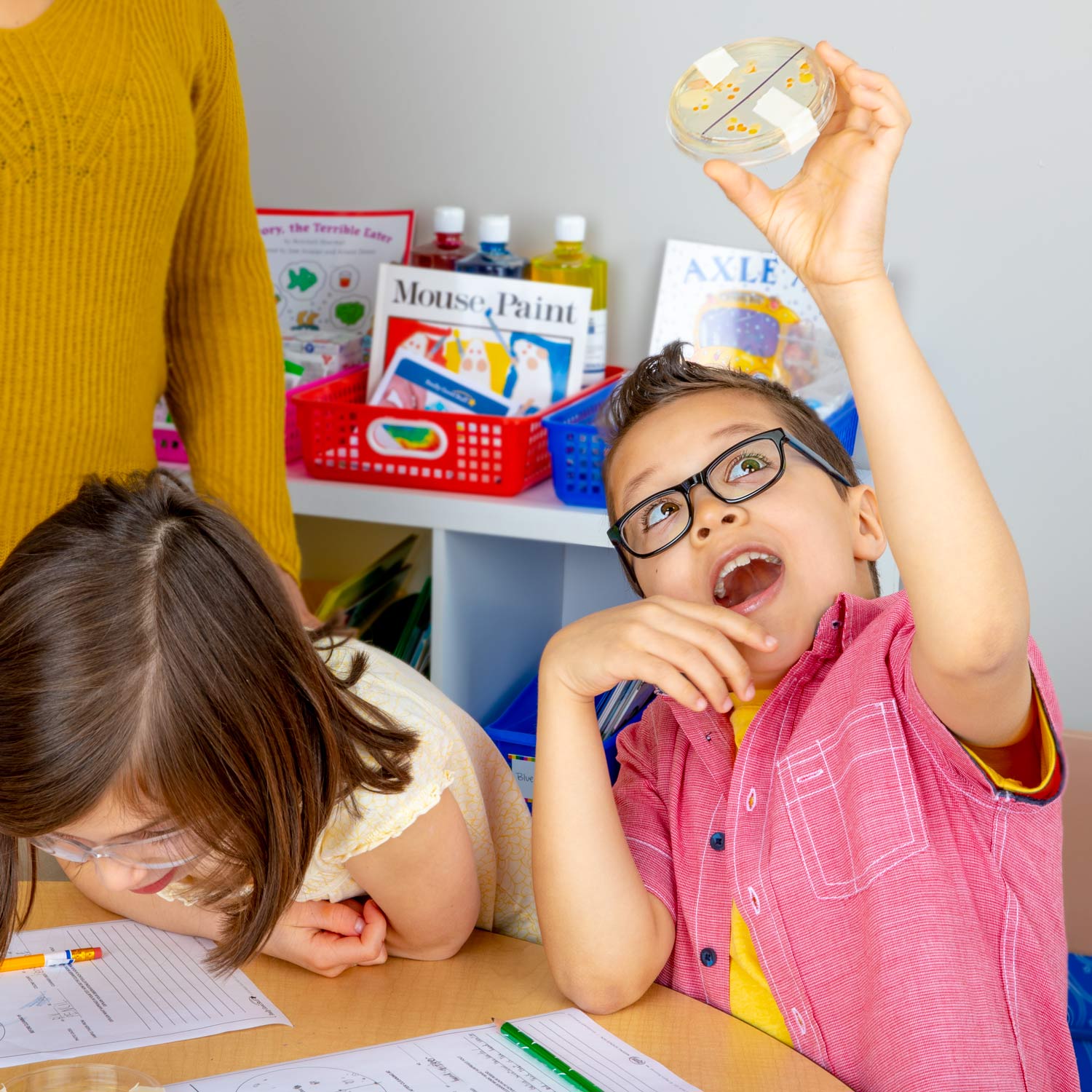
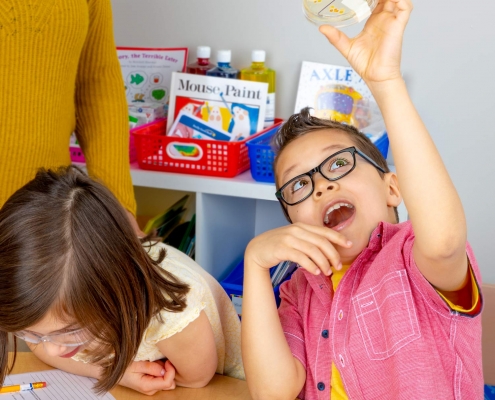

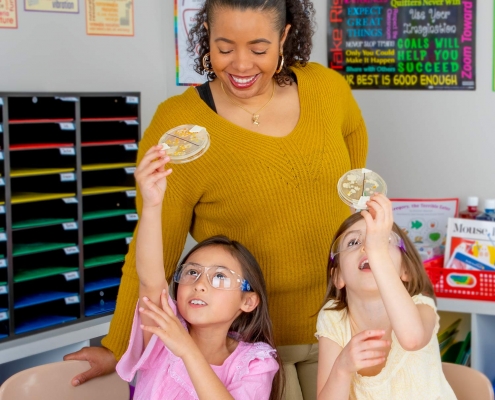
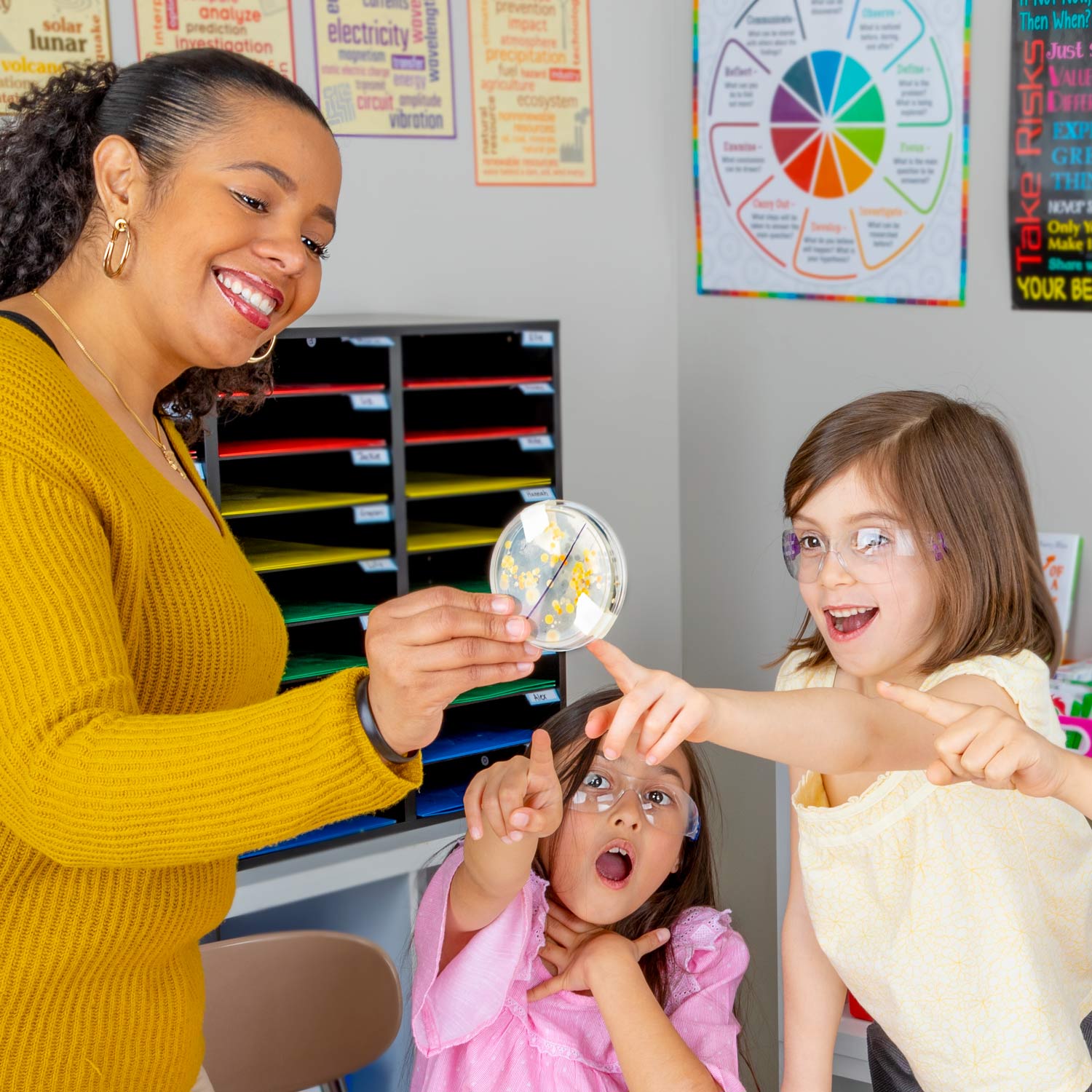
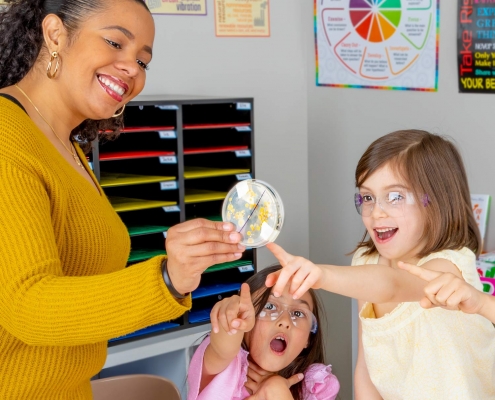

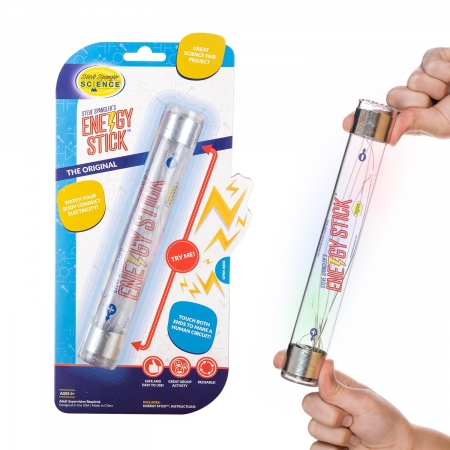
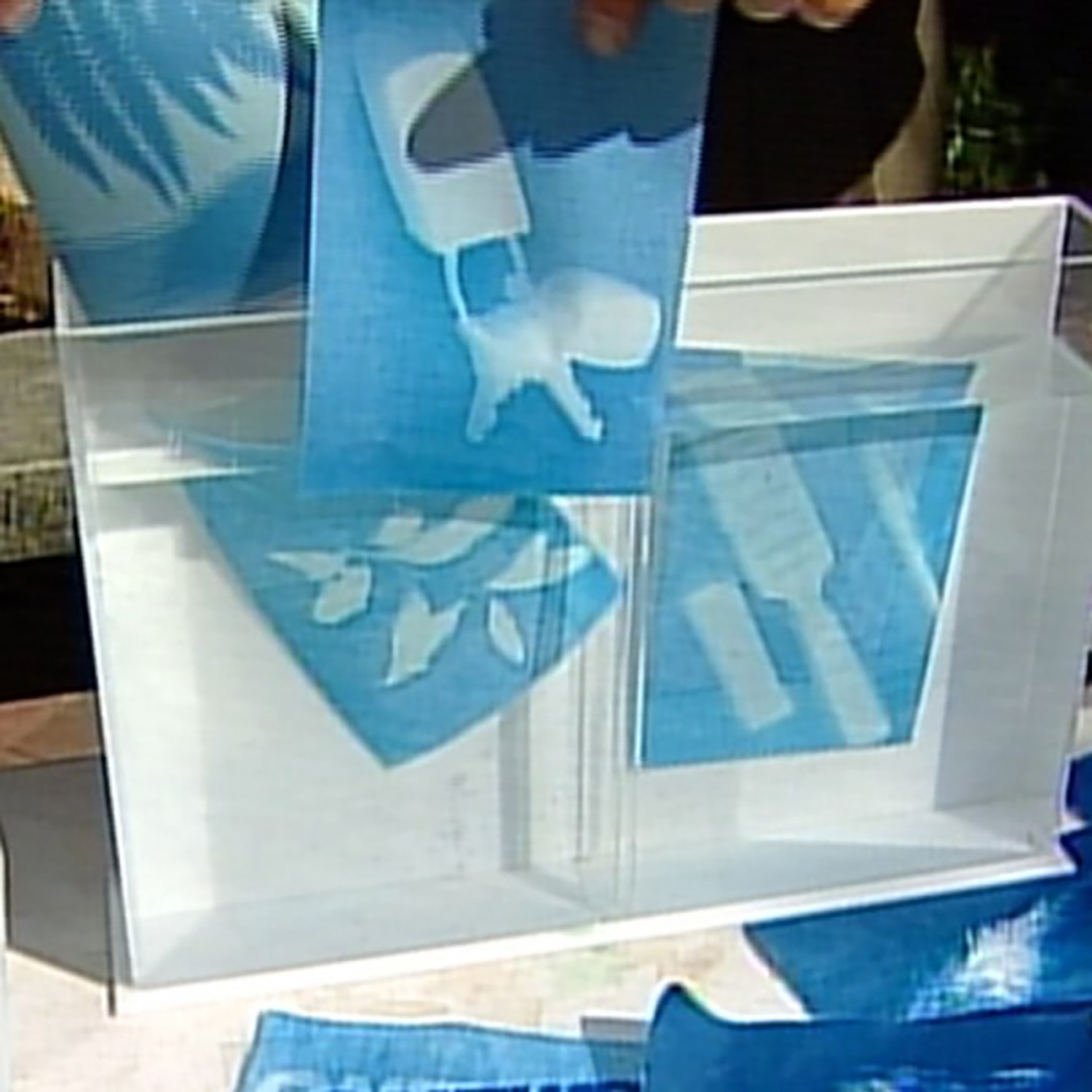
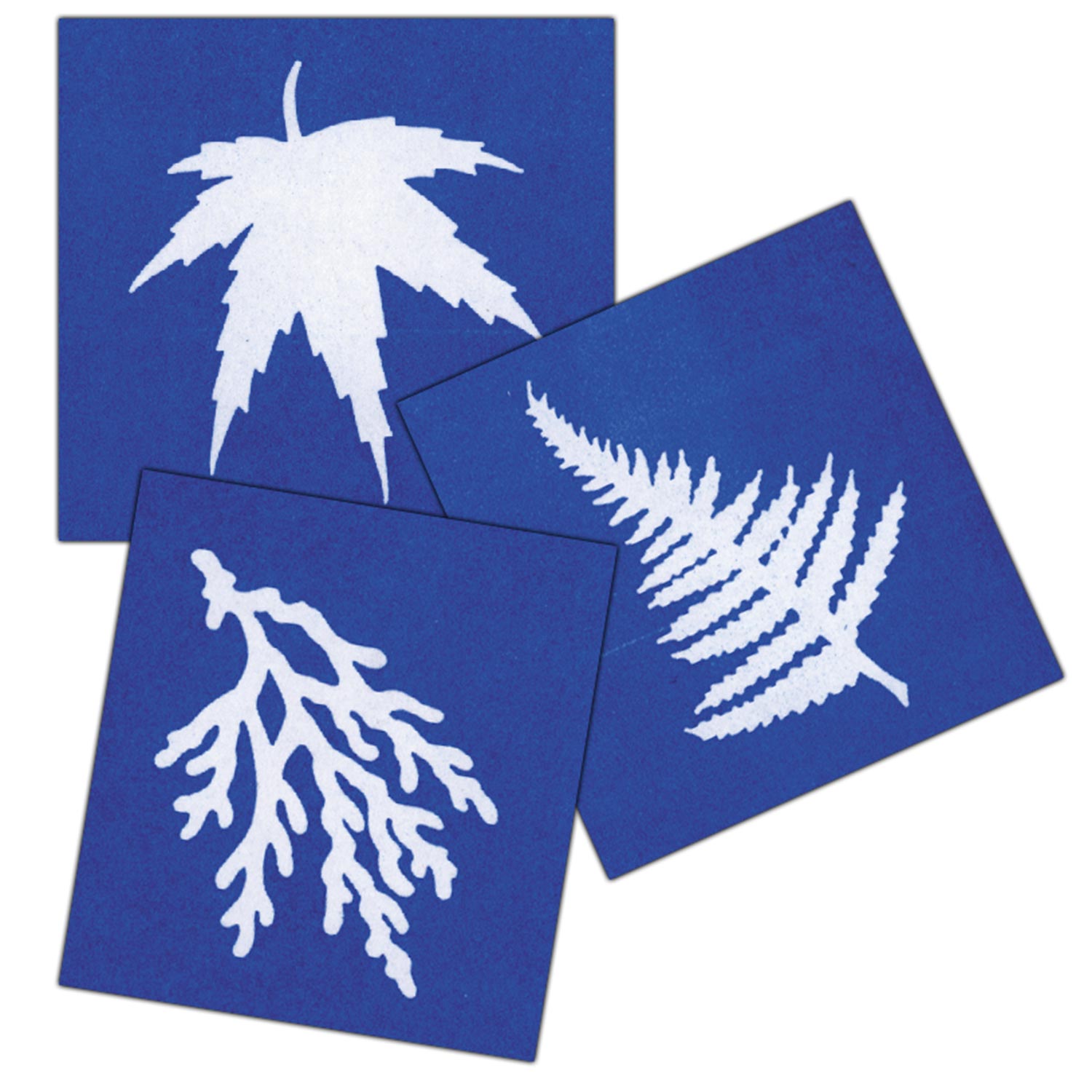
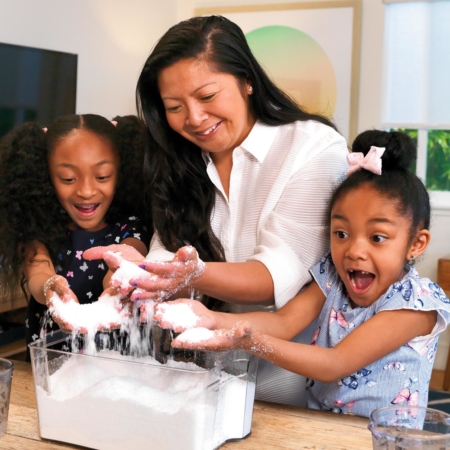
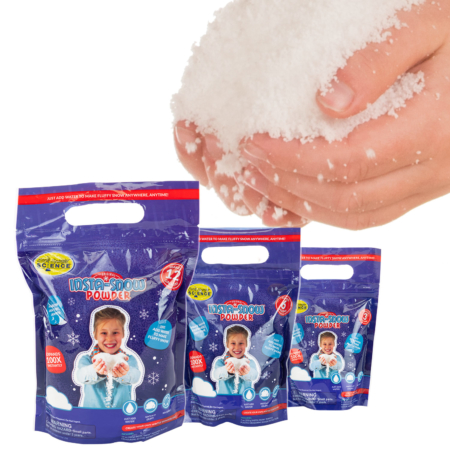
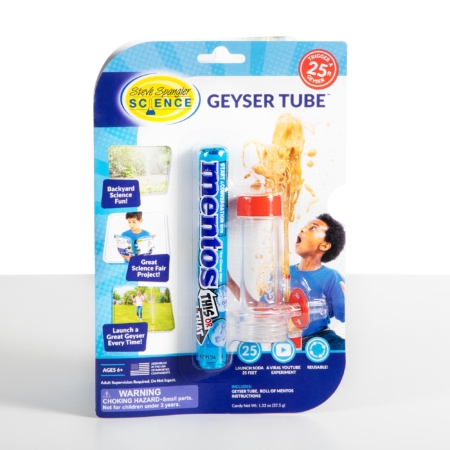
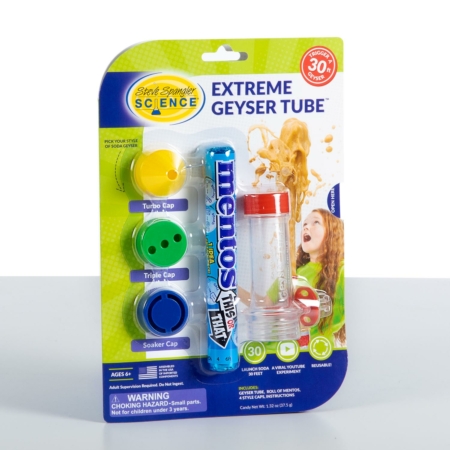

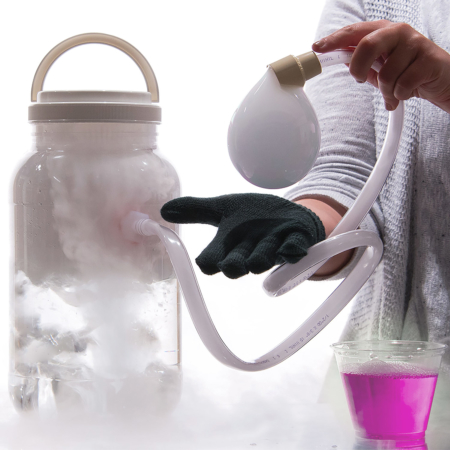
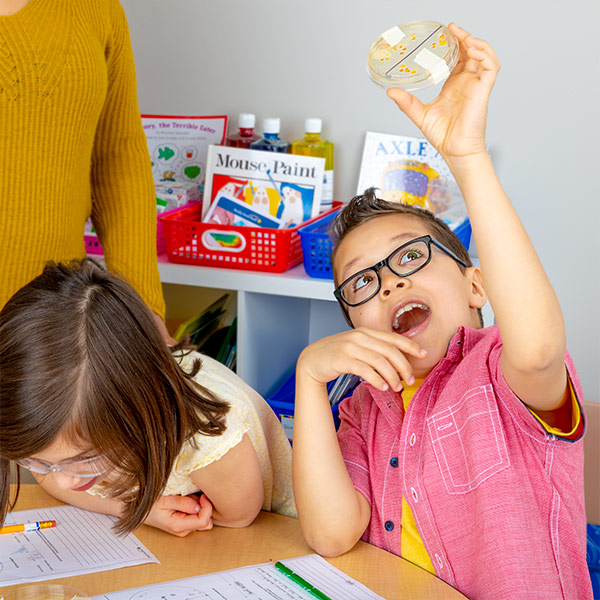
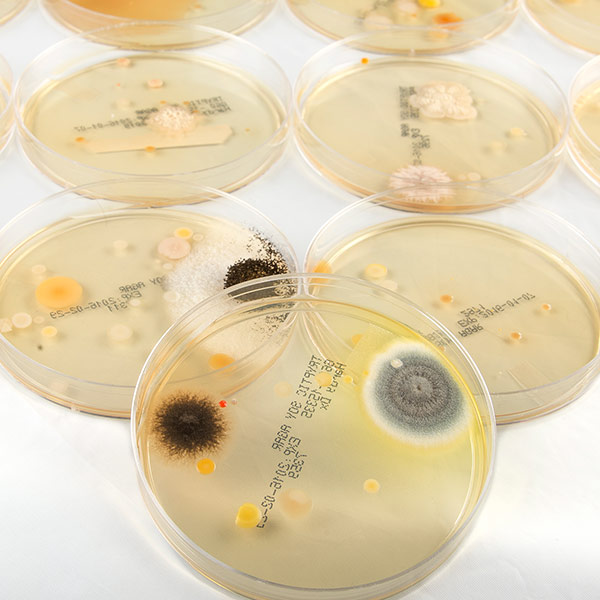
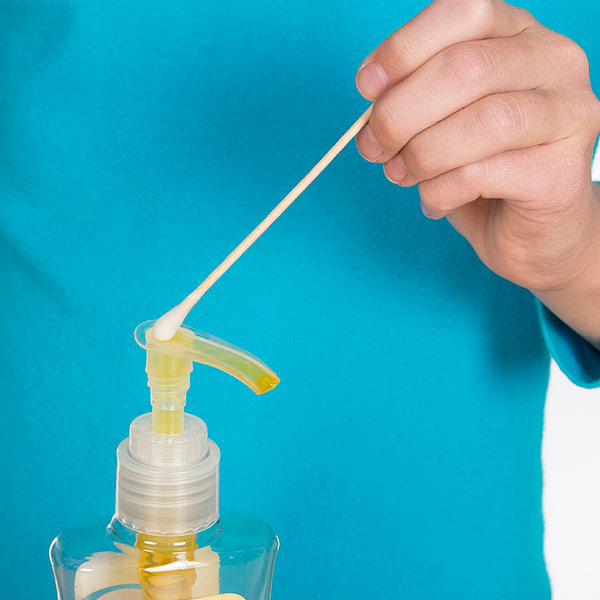
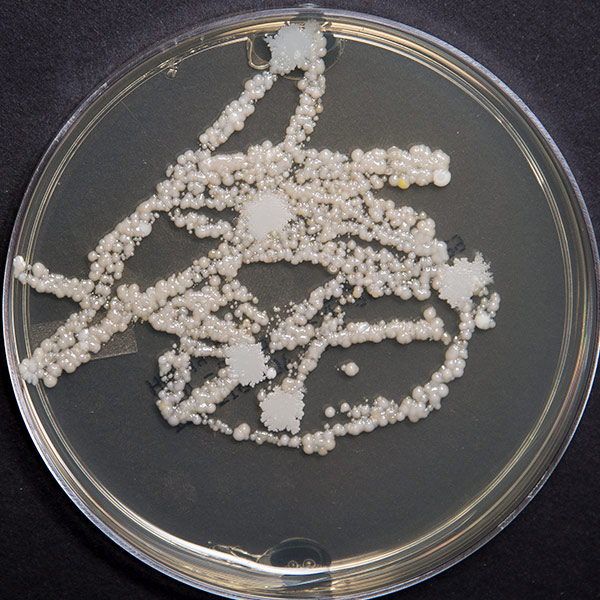

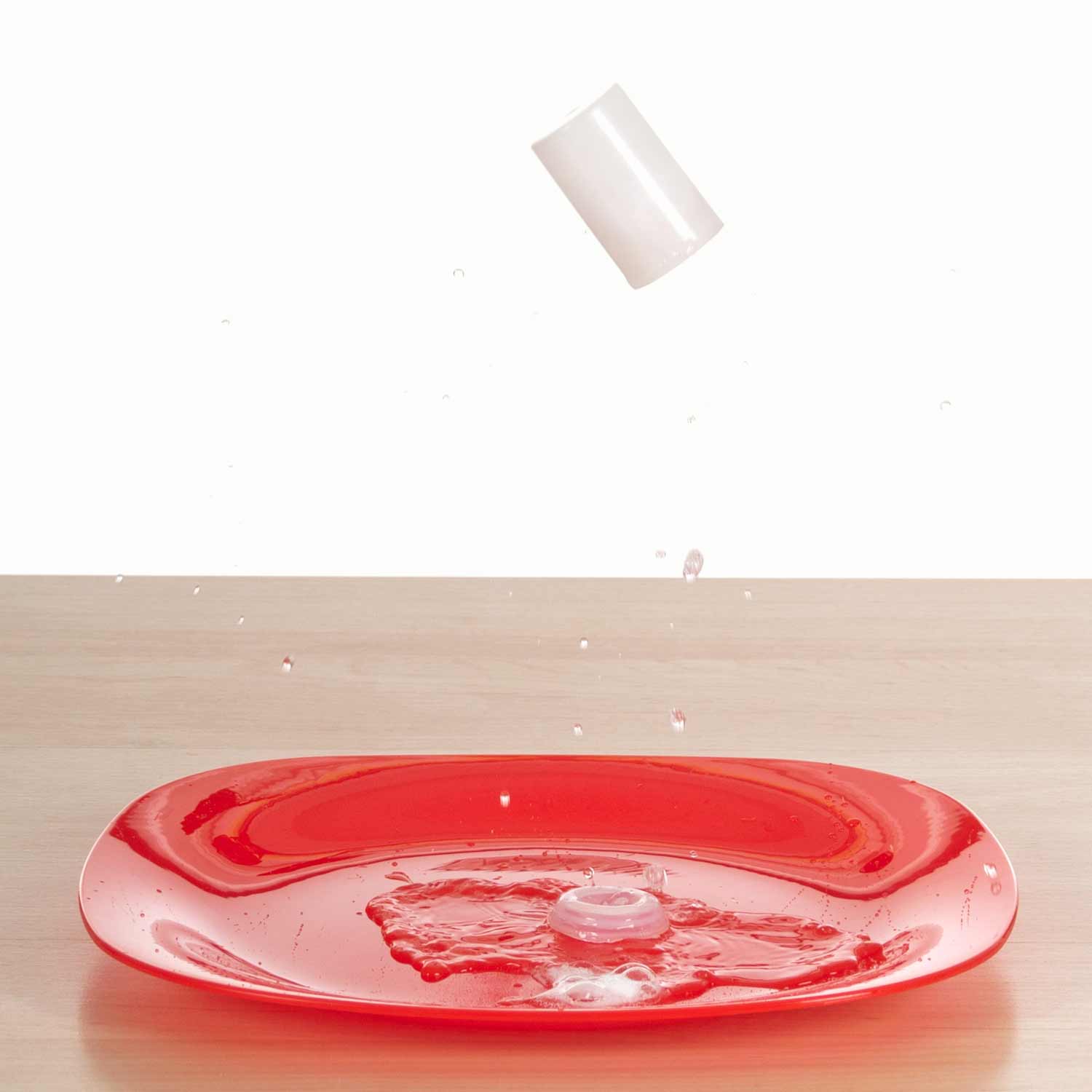
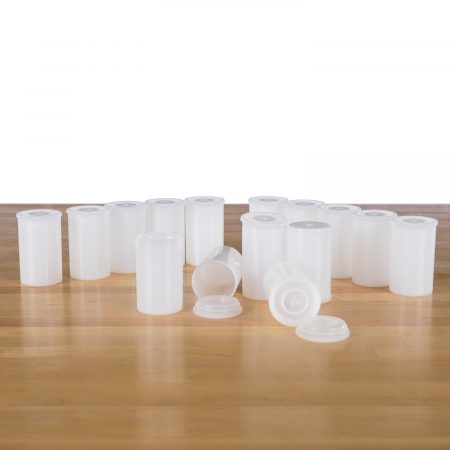
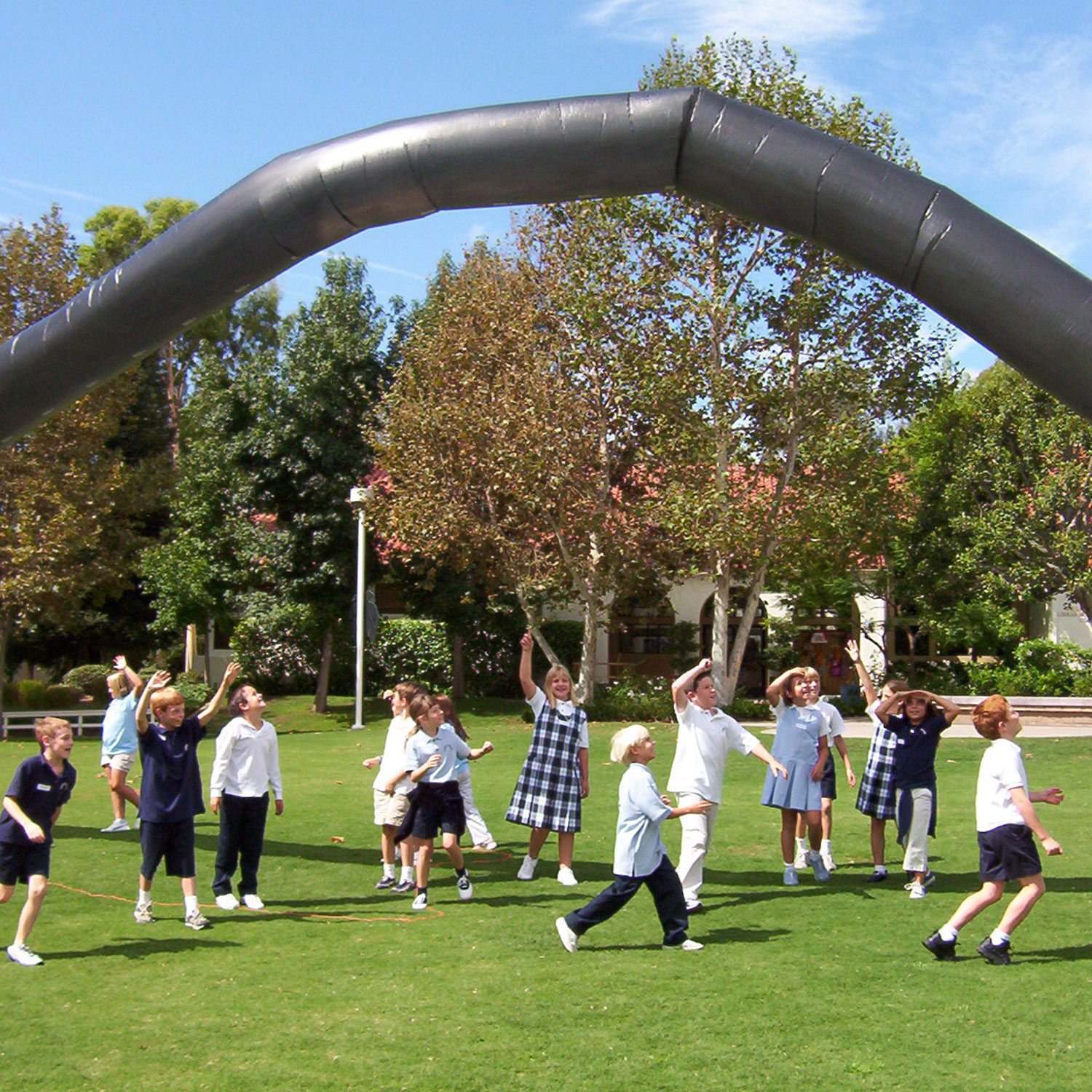
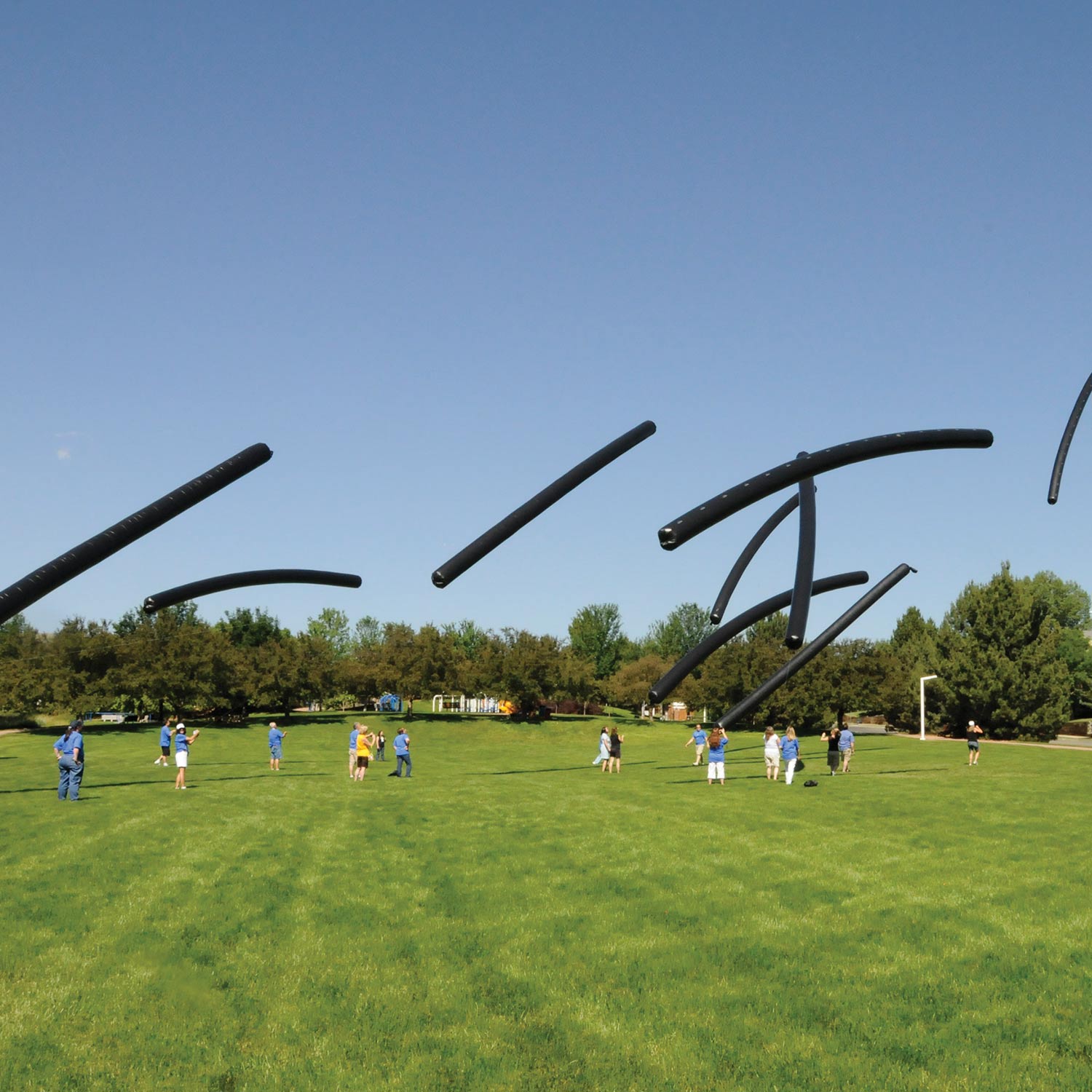

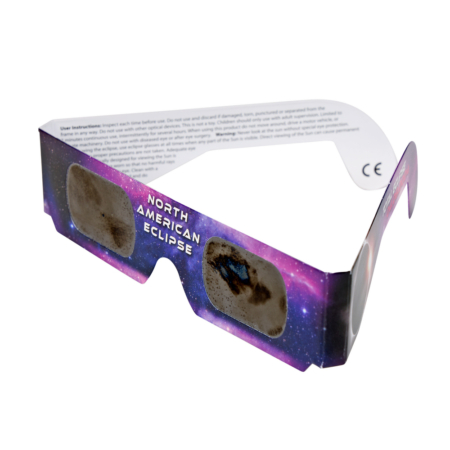


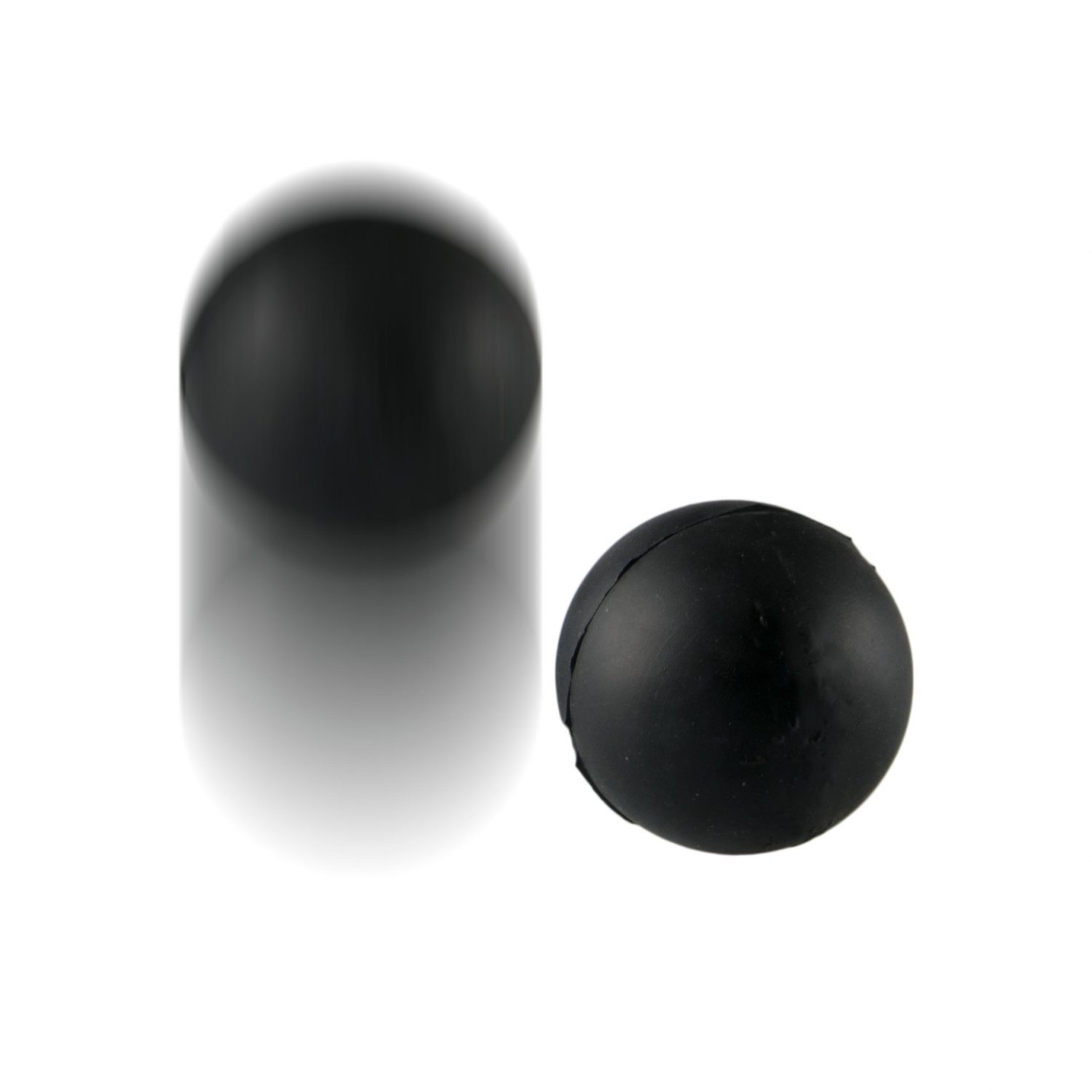
Lisa –
I decided to swab my tongue. Interesting stuff grew! A few days later, found out I had walking pneumonia. We had to carefully dispose of that dish!
(1) (0) Watch Unwatch
Question
Katherine –
Can you clean and sanitize the petri dishes and reuse them? How do I get more nutrient agar?
Thank you
(0) (0) Watch Unwatch
Lisa – Customer Service Manager –
Once you go your bacteria samples, we do not encourage you re-using your Petri dishes. We include tape for the samples to be sealed and how you need to properly dispose of the grown samples.
(0) (0)
Question
Jessie –
What material are the Petri dishes made from?
(0) (0) Watch Unwatch
Lisa – Customer Service Manager –
Our Petri dishes are made out of plastic.
(0) (0)
Question
Fariha –
For my physics project I’m doing the effect of UV light on bacterial growth. Would this bacterial growth kit be beneficial to my project? If not, could you please direct me to a more suitable option? Thank you! 🙂
(0) (0) Watch Unwatch
Lisa – Customer Service Manager –
Checking the effects of UV light on bacteria growth would be a great variable to test with this kit!
(0) (0)
Question
John –
I’ll go back to one of the original questions – which really didn’t get answered. What is a good way to quantitatively measure the results of your bacterial growth – count the number of colonies? Measure the diameter or length of a colony? Thanks for the help.
(0) (0) Watch Unwatch
Lisa – Customer Service Manager –
We recommend making a 1 cm x 1 cm grid on the upper lid of the Petri dish before you add your samples. This will help you measure and track the different colonies.
(0) (0)
Question
Tscullen –
How can you prepare the Agar without a microwave?
(0) (0) Watch Unwatch
Lisa – Customer Service Manager –
The instructions provided recommend using a stove or hot plate to make the agar.
(0) (0)
Question
Christine Sasser –
How many petri dishes come in the kit and is there enough agar to fill each dish?
(0) (0) Watch Unwatch
Lisa – Customer Service Manager –
The Bacteria kit comes with 6 large Petri dishes (10 cm), 6 cotton swabs, 5 grams of Nutrient Agar, 600 mL Beaker, and an activity guide. You will have enough agar to fill all 6 Petri dishes.
(0) (0)
Ashley –
I was given this kit by a former educator and it was dated 2018 (it is currently Fall 2021). After some reading online, I was sure the expired agar would be a bust and would not gel. I tried it anyways — and within an hour it had hardened and still worked even after three years past its expired date. We love all things Steve Spangler! I just wanted to put this review out there for the next person wondering about their “expired” agar. It worked!!
(0) (0) Watch Unwatch
six –
so many things wrong with this. first, they give us 6 Petri dishes and say 3 Petri dishes need 3 grams of agar but what if u need all 6?? then there are only 2 grams left……..how does that make sense. the packaging is very cheap and the product is also cheap material but what do you expect this is the cheapest kit I was able to find. NEXT, I wanted the next day delivering and I paid for it. it claims to arrive the same day/next day so I paid extra on Tuesday night because I really needed it by Wednesday. but I am now receiving it on FRIDAY 3 days after I ordered it!!!!! like what I should have just paid less to get it shipped in three days but now I paid more and still got it shipped in 3 days.
(0) (0) Watch Unwatch
Ahmad –
Bery goood it worcks
(0) (0) Watch Unwatch
Question
Liliana Kowlessar –
If I were to do this experiment, how would you recommend to keep a constant temperature during an Iowa winter when even our houses are cold? Thanks!
(0) (0) Watch Unwatch
Question
Jack –
How long would it take for a package to arrive in Australia?
(0) (0) Watch Unwatch
smack2021 –
I apologize we do not offer international shipping. Please check our products on Amazon.
(0) (0)
Cj –
My son swabbed everything he could think of, classmates volunteered belly buttons,hands etc, kids with sore throats, etc.. then they went swabbed cell phones and keyboards all of these examples yielded the wildest results!! This made my children and even my sons class mates aware of how important good hygiene is! Plenty of agar for dishes, it doesn’t take much, to fill it to the half way point. Agar sets up fast! Directions are clear, and easy to follow. Thanks so much!
(0) (0) Watch Unwatch
Question
Alicia Newburn (verified owner) –
“Growing bacteria is such a popular activity that we’ve written it up as a sample science fair project (see the link below).” I don’t see a link below but I’d like to see the sample science fair project.
(0) (0) Watch Unwatch
Staff lisabrooks –
Great catch! Here is the link: https://www.stevespanglerscience.com/lab/experiments/growing-bacteria/.
(0) (0)
Question
silence3 (verified owner) –
How far in advance can you prepare the agar solution in the petri dish before you add the bacteria source?
(0) (0) Watch Unwatch
Staff lisabrooks –
We recommend using it right away, once the agar hardens, to avoid contamination.
(0) (0)
Question
silence3 (verified owner) –
Is the agar solution in the petri dish solid enough to transport sideways or tilted once it cools?
(0) (0) Watch Unwatch
Staff lisabrooks –
If the agar gets too warm, it can become liquified again. Make sure it stays cold and it should be able to be on its side for a short period.
(0) (0)
Question
JoAnn Ziyad (verified owner) –
I purchased A kit and some extra Petri dishes (20). Are the Petri dishes that are wrapped in plastic sterile? I hope so because, trying to sterilize the lose plastic Petri dishes is really difficult and I am not sure it will work.
My name is JoAnn Ziyad and I ordered the kit to help my Granddaughter with her Science project. Please check my order andrespond as soon as possible. We are running out of time.
Thank you,
JoAnn Ziyad
8109 Cedargate Pl
Glenn Dale, MD 20769
(0) (0) Watch Unwatch
Staff lisabrooks –
The Petri dishes are not sterilized prior to shipping. You can easily sterilize them by placing them on the top rack of your dishwasher.
(0) (0)
Question
Whelan –
I’m sorry I meant will the different brands of hand sanitizer be the variable. I read this above but wanted to make sure we did it right. We were going to use pureel , germx and bath and body works. After swabbing 3 house hold items. Thanks
for your help.
(0) (0) Watch Unwatch
joshlittrell –
Thanks for the e-mail. You can definitely use hand sanitizer as a variable. Make sure you mark each dish with the brand name. Please reach out if you have any additional questions. Joshua
(0) (0)
Tony Marquez –
This is great! I do want to know what kind of germs I swabbed though. How can I find out?
(0) (0) Watch Unwatch
Customer Service –
Hi Tony, we’re glad you enjoyed this kit. To get exact results you could send it to a lab to be tested. Otherwise, just by visual identification, this is the closest you can get. Please refer to this image https://s3-us-west-2.amazonaws.com/stevespanglerscience/images/bacteria-shapes_02.jpg I hope this helps! Thanks.
(0) (0)
Question
lizzy mcarthur –
how fast will the kit come in the mail? I’m going to do this for my science fair project, but I need the kit here in a timely manner.
(0) (0) Watch Unwatch
joshlittrell –
Lizzy – Thanks for the question. We have the Growing Bacteria Kit in stock. If you order before 12PM Mountain Time the order will ship that day. You would need to decide the shipping method. We have options of Next Day, 2-Day, 3 Day and Ground for delivery. We look forward to getting your order. Joshua
(0) (0)
Question
Vino Kino –
How do I measure the amount of bacteria CULTURED? What do I measure it in? Do i measure it in grams or something? How?
(0) (0) Watch Unwatch
joshlittrell –
Vino – thanks for the question. It would be really difficult to weigh the bacteria after the growth cycle. It would be visible, but the bacteria created would not even be able to be weighed. The bacteria would grow on the surface of the agar. Please reach out to us if you have any additional questions. Joshua
(0) (0)
Question
Lydia –
Doing this for a science fair project and was wondering if I could swab bacteria right off of the surface and another swab after I cleaned it instead of the hand sanitizer to compare the effects. Would it still be a science fair project if I did that like shown in your videos? Example: Swatch a phone before and after the wipe and compare results.
(0) (0) Watch Unwatch
joshlittrell –
Lydia – thanks for the question. The main purpose of the Bacteria Kit is to see what type of bacteria is currently on an object. I would suggest a swab of a phone, toilet handle, sink handle etc. that is not clean. I would then clean the surface of the object with a cleaning wipe and test the difference. Please reach out if you have any additional questions. Have a great rest of the week. Joshua
(1) (0)
Question
JaLynn (verified owner) –
How much time does it usually take to start to see bacterial growth on the dishes?
(0) (0) Watch Unwatch
smack2021 –
You will usually see growth within a few days however, it can depend on the bacteria type.
(0) (0)